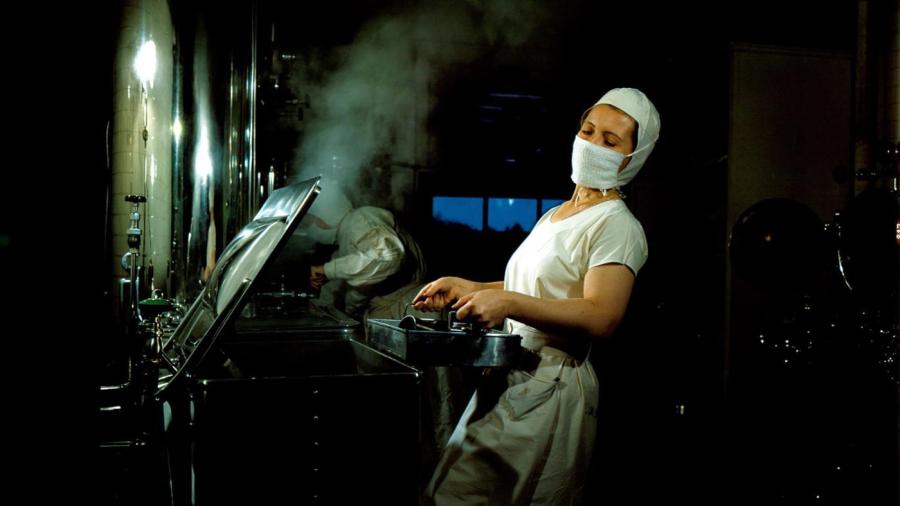What Are the Parts and Functions of an Autoclave?

An autoclave uses pressure and steam to sterilize equipment in a laboratory. The basic parts of an autoclave include a reservoir for the water, a heating element, a drain and a vacuum-pressurized door. Each autoclave model might have different parts.
The outside of the autoclave has indicators so the user can ensure the equipment is working properly. Indicators include a pressure gauge, a temperature indicator, a low water light, a timer, and an on/off switch, light or button. The outside door and latch are designed to withstand the high pressure created inside the autoclave to achieve sterilization. Inside the door is a compartment. Equipment that needs to be sterilized is placed inside this compartment on the shelf. Larger autoclaves may have multiple shelves.
The outside of the compartment has a liner, or jacket, with holes to allow the steam to enter the compartment. The steam comes from the water reservoir, which is filled with distilled water. Outside that jacket is a heating element that creates the steam. This is covered by another jacket or metal liner. A drain pipe and valve are located at the bottom of the unit to allow water and steam to escape when the sterilization process is complete.





